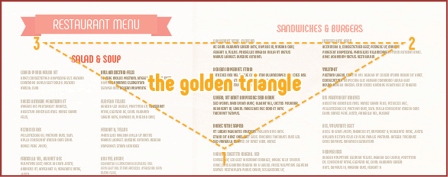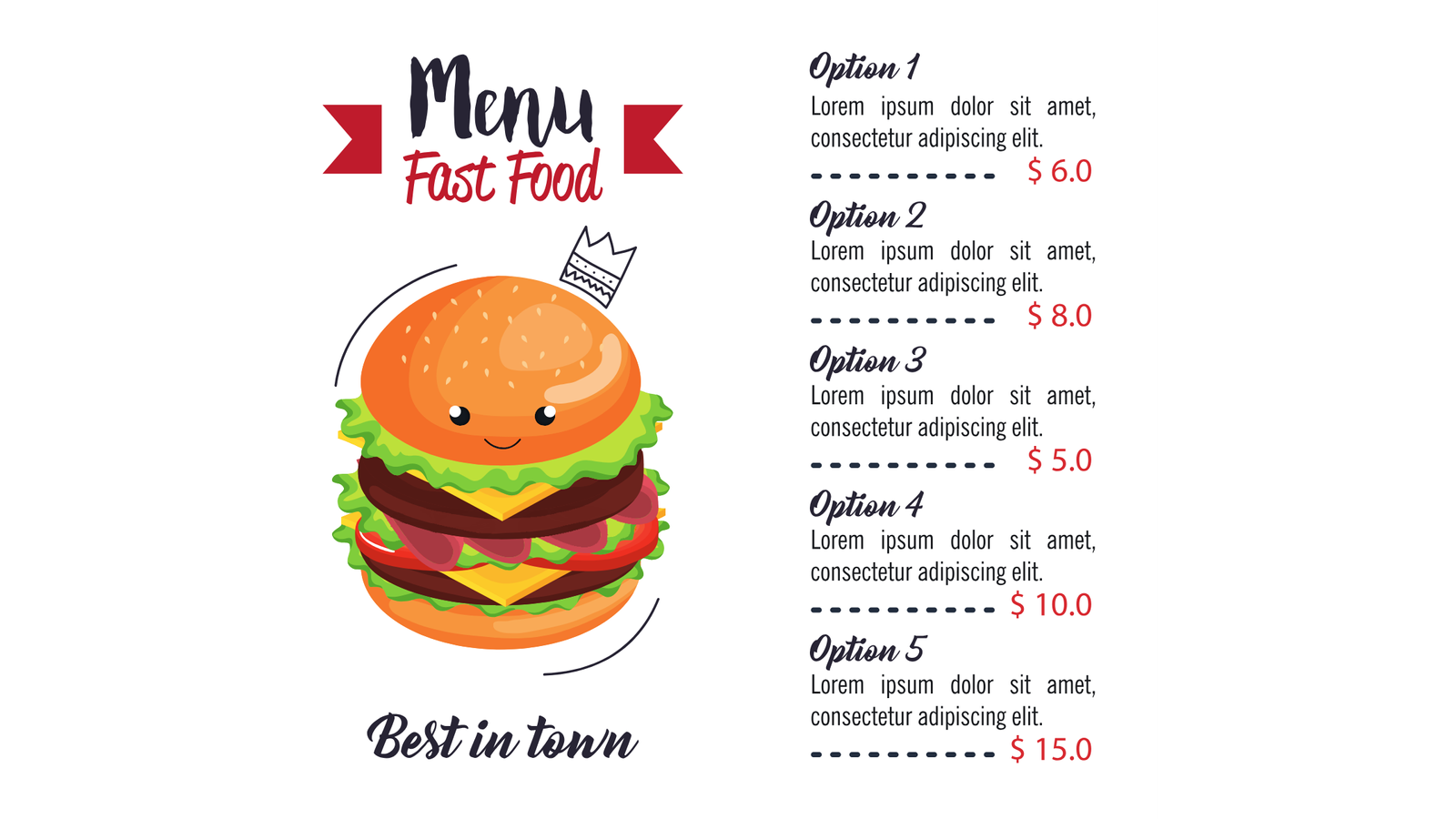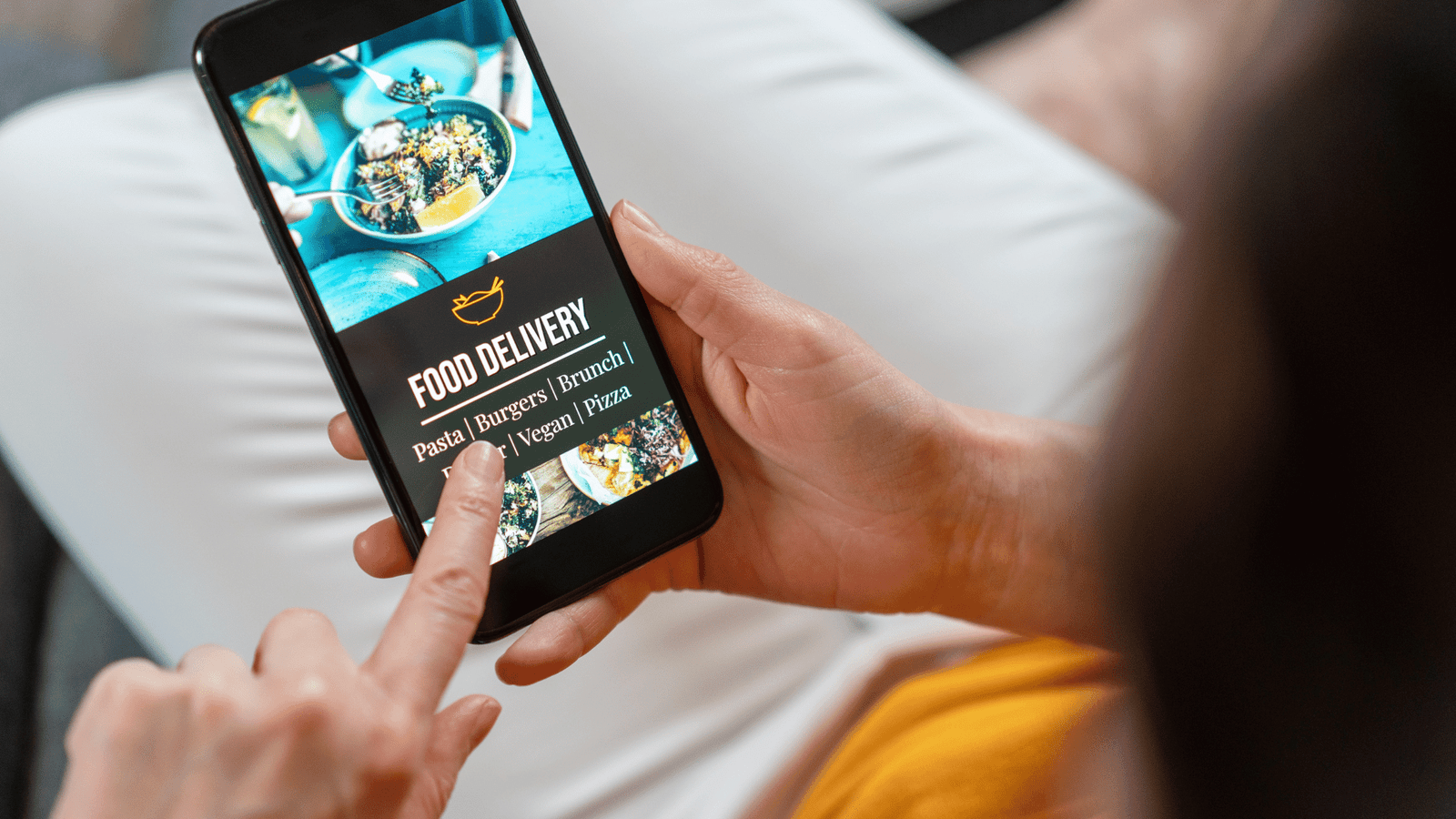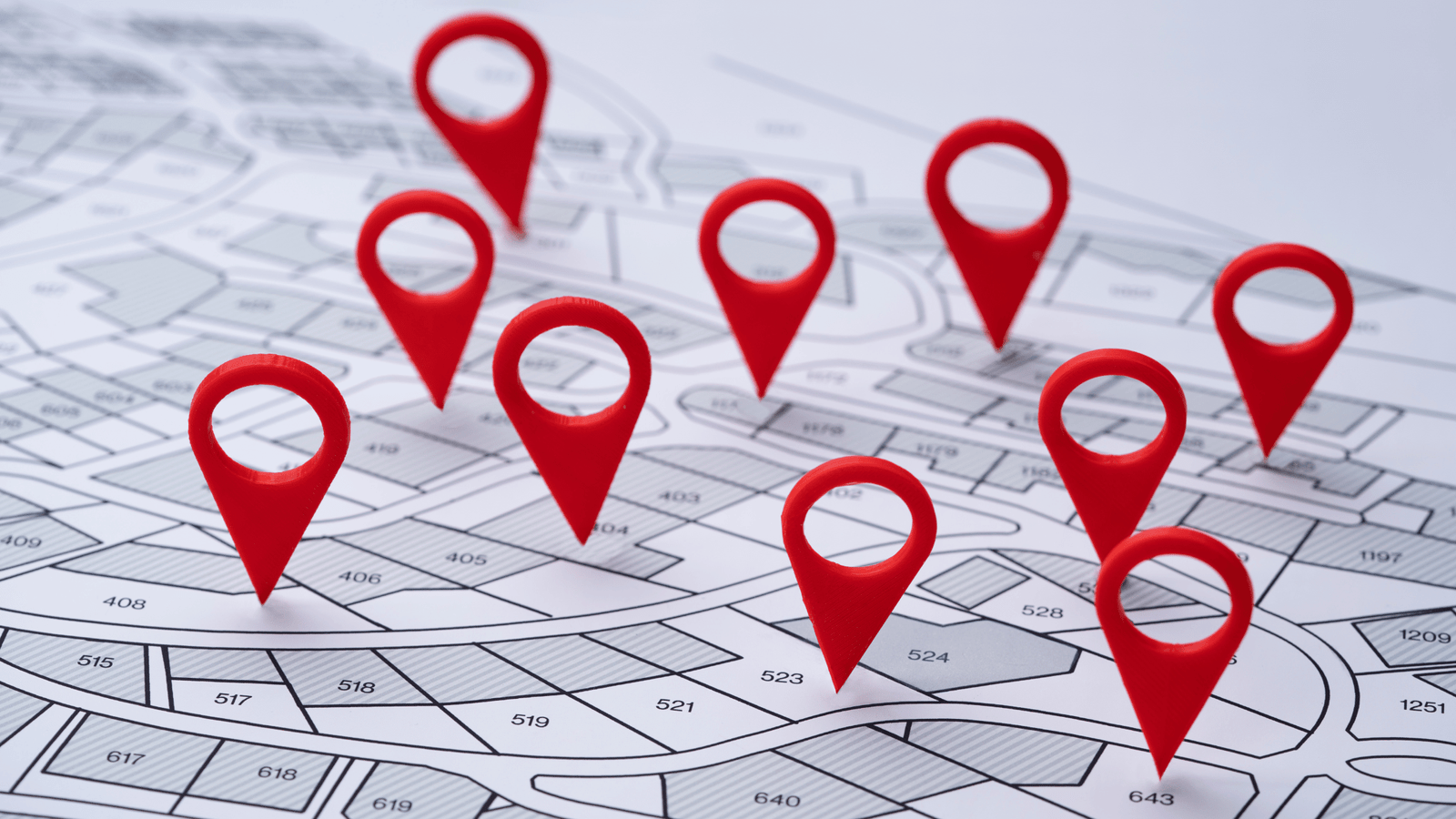Designing a restaurant menu is more than just listing dishes and prices. It’s a strategic exercise that involves understanding human psychology to influence customer choices, increase sales, and enhance the overall dining experience. A well-designed menu can be a powerful marketing tool, subtly guiding diners towards higher-profit items and ensuring they have a satisfying and memorable meal. we will delve into the psychology of restaurant menu design, exploring key principles and techniques to create an effective menu that resonates with customers.
Understanding the Basics: Menu Psychology Fundamentals
The Golden Triangle
The Golden Triangle is a concept that refers to the areas of a menu where customers’ eyes naturally gravitate first. Research shows that diners tend to look at the center, then the top right, and finally the top left sections of a menu. By placing high-profit or signature dishes in these prime spots, restaurants can effectively draw attention to items they want to sell the most.

The Power of Positioning
Positioning items strategically on the menu can significantly impact customer choices. For instance, placing a high-profit item at the beginning or end of a section, known as the “sweet spots,” increases its likelihood of being ordered. Additionally, restaurants can use “decoy pricing” by placing a more expensive item near the high-profit item, making the latter seem more reasonably priced.
Highlighting and Visual Cues
Highlighting specific dishes through boxes, borders, or different font styles can make them stand out. Visual cues, such as icons or images, can also attract attention and make items more appealing. However, it’s essential to use these elements sparingly to avoid overwhelming customers.
Crafting Descriptions: The Art of Persuasion
Evocative Language
The language used to describe menu items plays a crucial role in influencing customer perceptions and choices. Descriptive and evocative language can create a sensory experience, making dishes sound more appealing. For example, “Juicy Grilled Chicken Sandwich with Fresh Avocado, Crisp Lettuce, and Chipotle Mayo” sounds more enticing than simply “Grilled Chicken Sandwich.”
Storytelling
Incorporating storytelling into menu descriptions can create a connection between the customer and the dish. Sharing the origin of a recipe, the story behind the ingredients, or the chef’s inspiration can add an emotional element that enhances the dining experience.
Read Also : 5 Restaurant Menu Pricing Strategies That Will Help Boost Your Sales
Menu Engineering: The Secret to a Profitable Restaurant Menu
Emotional Triggers
Using words that evoke emotions, such as “comforting,” “homemade,” or “decadent,” can appeal to customers’ desires and cravings. These emotional triggers can make dishes more irresistible and encourage impulse ordering.
Visual Design: Creating an Appealing Layout
Clean and Organized
A clean and organized menu layout is crucial for a positive customer experience. Cluttered menus with too many items or excessive details can overwhelm diners and make decision-making difficult. Instead, group items into logical categories and use clear headings to make the menu easy to navigate.
Balanced Colors
The choice of colors in a menu design can impact customer behavior. Warm colors like red and orange can stimulate appetite, while cooler colors like blue and green can create a calming effect. A balanced color scheme that aligns with the restaurant’s branding can enhance the menu’s visual appeal and influence customer choices.
Typography Matters
The choice of fonts and typography in a menu can affect readability and the overall dining experience. Use clear, legible fonts for descriptions and avoid using too many different font styles. Emphasize important items with slightly larger or bolder fonts to draw attention without overwhelming the reader.
Psychological Pricing: The Subtle Influence of Numbers
Charm Pricing
Charm pricing, or ending prices with .99 or .95, can create the perception of better value. For example, pricing a dish at ₹999 instead of ₹1000 can make it seem more affordable and encourage customers to spend.
Price Anchoring
Price anchoring involves placing higher-priced items near standard options to make the latter appear more reasonably priced. This technique can shift customers’ perception of value and increase the likelihood of ordering mid-range items.
Avoiding Rupee Signs
Removing Rupee signs from menu prices can make customers less conscious of the cost, focusing more on the dining experience rather than the expense. This subtle change can lead to higher spending without the psychological barrier of seeing Rupee signs.
Menu Engineering: Data-Driven Decisions
Analyzing Sales Data
Menu engineering involves analyzing sales data to identify the most and least popular items, as well as the most profitable ones. By understanding customer preferences and spending patterns, restaurants can optimize their menu to feature high-margin dishes that resonate with diners.

Menu Mix and Contribution Margin
The menu mix refers to the balance of different types of items on the menu, while the contribution margin measures the profitability of each dish. By evaluating these factors, restaurants can make informed decisions about which items to promote, adjust, or remove to maximize profitability and customer satisfaction.
Enhancing the Overall Experience
Consistency with Brand Identity
The menu should reflect the restaurant’s brand identity and overall theme. A cohesive design that aligns with the restaurant’s ambiance, decor, and service style can enhance the dining experience and create a memorable impression.
Training Staff
Well-trained staff who understand the menu and can make informed recommendations play a crucial role in influencing customer choices. Providing staff with knowledge about the dishes, ingredients, and preparation methods can empower them to upsell effectively and enhance the overall dining experience.
Continuous Improvement
Menu design is not a one-time task but an ongoing process. Regularly reviewing and updating the menu based on customer feedback, sales data, and market trends is essential to stay relevant and meet evolving customer preferences.
Conclusion
The psychology of restaurant menu design is a fascinating and complex field that combines art and science to influence customer behavior and boost sales. By understanding key principles such as the Golden Triangle, strategic positioning, descriptive language, visual design, psychological pricing, and data-driven decisions, restaurants can create menus that not only attract but also delight customers. A well-crafted menu is a powerful tool that can elevate the dining experience, drive profitability, and ultimately contribute to the restaurant’s success.





